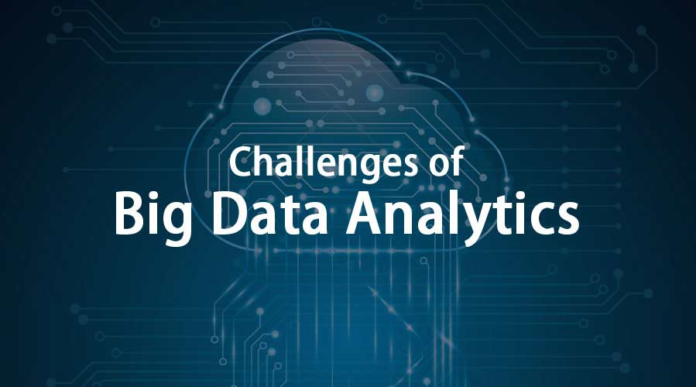The discipline of data analytics is expanding quickly and has the potential to completely change how businesses operate. To fully achieve its potential, data analytics presents a number of obstacles for businesses to overcome in addition to its many advantages.
5 Challenges of Data Analytics and How to Fix Them
The amount of data being collected
With the advent of big data and today’s data-driven enterprises, risk managers and other staff members frequently feel overburdened by the volume of data being gathered. Every event and interaction that occurs on a daily basis may be reported to an organization, providing analysts with hundreds of interconnected data sets.
How to fix the challenge?

A data system that automatically gathers and arranges information is required. In the current context, doing this step by hand is superfluous and takes far too much time. Employees can take action on the data instead of wasting time processing it by using an automated system.
Collecting meaningful and real-time data
It’s challenging to sift through the abundance of data and find the insights that are most urgently required. Overworked staff members might not thoroughly examine data or might just concentrate on the measurements that are easiest to gather rather than those that actually provide value. It could also be hard for an employee to obtain real-time insights into what is going on if they have to manually sort through data. Decision-making can be seriously harmed by outdated information.
How to fix the challenge?
This problem can be resolved with the use of a data system that gathers, arranges, and automatically notifies users of trends. Workers just generate a report with their goal input and the answers to the questions that matter most to them. Decision-makers may be certain that they are making decisions based on accurate and comprehensive information when they have access to real-time reports and warnings.
Visual representation of data
Data is frequently best presented visually in the form of graphs or charts in order to be easily understood and effective. Even though these tools are really helpful, creating them by hand is challenging. It is annoying and time-consuming to have to gather data from several sources and enter it into a reporting tool.
How to fix the challenge?
Report building is made possible with the push of a mouse and robust data systems. Decision-makers and staff will have easy access to the current information they require in an engaging and instructive manner.
Data from multiple sources
Trying to assess data from several disparate sources is the next problem. Distinct systems frequently contain distinct types of data. Workers might not always be aware of this, which could result in erroneous or inadequate analysis. Combining data by hand takes effort and may restrict insights to what is visible.
How to fix the challenge?
An all-inclusive, centralized system will provide staff with access to all kinds of data in one place. This not only reduces the time spent navigating between sources, but it also enables cross-comparisons and guarantees the completeness of the data.
Inaccessible data
If data is not freely accessible to those who require it, consolidating it into a single system will not have much of an impact. Even when they are working remotely, decision-makers and risk managers want access to all of the organization’s data in order to gain insight into what is going on at any given time. Information access ought to be the most straightforward aspect of data analytics.
How to fix the challenge?
All accessibility problems will be resolved with an efficient database. Authorized staff members will have secure remote access to examine or alter data, facilitating quick decision-making and illuminating organizational changes.






